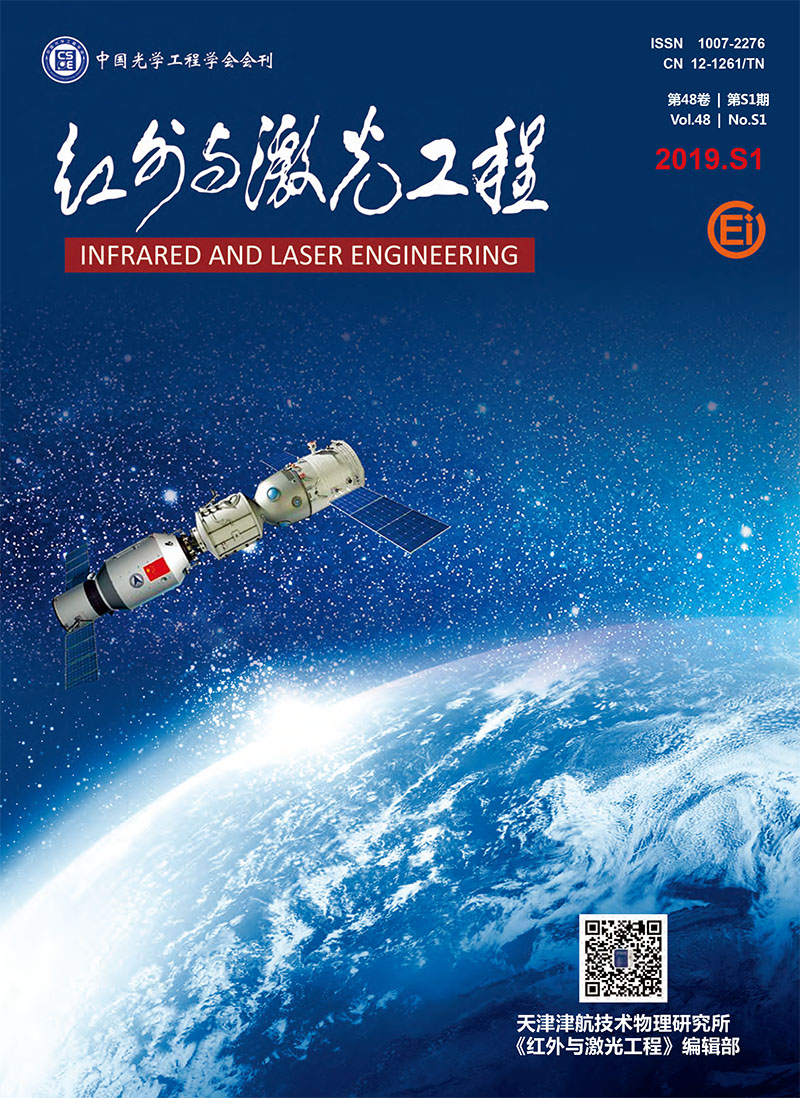|
[1]
|
Oegerle W R, Feinberg L D, Purves L R, et al. ATLAST-9.2 m:a large-aperture deployable space telescope[C]//SPIE, 2010, 7731:77312M. |
|
[2]
|
Li Zongxuan, Jin Guang, Zhang Lei, et al. Overview and outlook of monolithic primary mirror of spaceborne telescope with 3.5 m aperture[J]. Chinese Optics, 2014, 7(4):532-541. (in Chinese)李宗轩, 金光, 张雷, 等. 3.5 m口径空间望远镜单块式主镜技术展望[J]. 中国光学, 2014, 7(4):532-541. |
|
[3]
|
Zhang Dongge, Zhuo Renshan, Li Yaobin. Surrogate models based optimization methods for the axial support points of the primary mirror[J]. Infrared and Laser Engineering, 2012, 41(2):409-414. (in Chinese)张东阁, 卓仁善, 李耀彬. 反射镜轴向支撑位置优化的代理模型方法[J]. 红外与激光工程, 2012, 41(2):409-414. |
|
[4]
|
Wang Shuxin, Li Jinglin, Zhang Fan, et al. Optimization of large aperture space reflector based on RSM[J]. Infrared and Laser Engineering, 2013, 42(S2):291-297. (in Chinese)王书新, 李景林, 张帆, 等. 响应面模型的大口径空间反射镜优化[J]. 红外与激光工程, 2013, 42(S2):291-297. |
|
[5]
|
Wang Kejun, Xuan Ming, Dong Jihong, et al. Design method of reflector component structureof space remote sensor[J]. Infrared and Laser Engineering, 2016, 45(11):1113001. (in Chinese)王克军, 宣明, 董吉洪, 等. 空间遥感器反射镜组件结构设计方法[J]. 红外与激光工程, 2016, 45(11):1113001. |
|
[6]
|
Willian R Arnold, Matthew Fitagerald, Rubin Jaca Rosa, et al. Next generation lightweight mirror modeling software[C]//SPIE, 2013, 8836:883601. |
|
[7]
|
Arnold W R, Bevan R M, Stahl H P. Integration of mirror design with suspension system using NASA's new mirror modeling software[C]//SPIE, 2013, 8836:88360J. |
|
[8]
|
Yoder P R. Opto-Mechanical Systems Design[M]. Zhou Haixian, Cheng Yunfang, translated. Beijing:China Machine Press, 2008. (in Chinese) Yoder P R. 光机系统设计[M]. 周海宪, 程云芳, 译. 北京:机械工业出版社, 2008. |
|
[9]
|
Zhang Bowen, Wang Xiaoyong, Zhao Ye, et al. Porgress on support technique of space-basedlarge aperture mirror[J]. Infrared and Laser Engineering, 2018, 47(11):1113001. (in Chinese)张博文, 王小勇, 赵野, 等. 天基大口径反射镜支撑技术的发展[J]. 红外与激光工程, 2018, 47(11):1113001. |
|
[10]
|
Liu Tao, Zhou Yiming, Jiang Yuesong. Research and application of foreign space mirror materials[J]. Spacecraft Recovery and Remote Sensing, 2013, 34(5):90-99. (in Chinese)刘韬, 周一鸣, 江月松. 国外空间反射镜材料及应用分析[J]. 航天返回与遥感, 2013, 34(5):90-99. |









 DownLoad:
DownLoad: